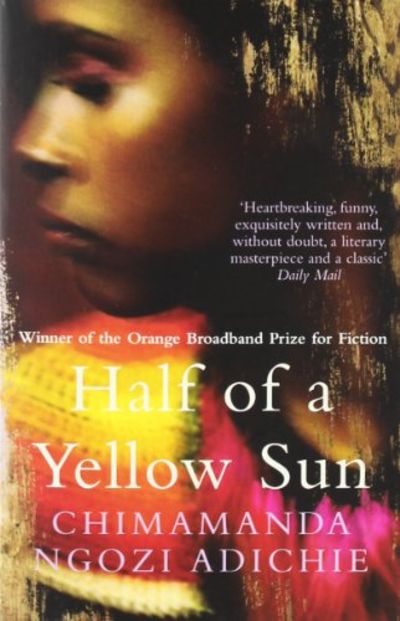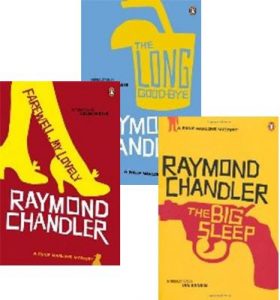
This was a recent East Neuk Book Group choice, and those of us who met to discuss it found it long, challenging but extremely worthwhile. What struck us was its horrifically pertinent relevance to the current situation in Ukraine, making certain sections of the novel particularly hard to read. But it is far from heavy going as the author often uses humour in her portrayal of character and in her careful selection of small details to enliven a situation.
The book is set in Nigeria in the 1960s and a central narrator is the houseboy, Ugwu, who comes to work for Odenigbo, an academic who marries Olanna, beautiful, wealthy and educated. Her twin sister Kainene has quite a different personality, and much of the novel explores the different paths these twins take and their different reactions to the newly created country of Biafra in south east Nigeria, this sibling division cleverly reflected in the title of the novel. The country’s flag is a yellow rising sun symbolising hope, but tragically, the revolutionary dream of a new nation is short lived. Biafra is broken by war as Nigeria fights to annex it and terrible suffering and starvation follow; indeed many of us can still recall those haunting images in the media. Created in 1967, Biafra was reunified with Nigeria within three years. It was most interesting to learn more about Nigeria at the time and what led to the civil war. Britain, along with the USSR, supported with arms Nigeria with its oil revenue in the south. This is a country with over 300 ethnic groups and we see the divisions between, for example, the Hausa and the Igbo tribes and we also witness the effects of colonialism.
The initial optimism in the creation of Biafra found in the first part of the novel breaks down and the writer helps us to feel the individual tragedies in the landscape of war, in which all the central characters are involved. Betrayals on a small and large level take place. Suffering happens, regardless of wealth or status. Refugee camps are formed. Civilians are conscripted. Young boys become soldiers. Corruption spreads and survival is all that matters. In the end of the day, it is vital that the truth of the situation is captured in the fictitious work of one of the characters: The World was Silent When We Died. Chimamanda Ngozi Adichie clearly wanted the tragic story of her nation to be told. Written in 2006, Half of a Yellow Sun is hugely relevant for our own time.
Reviewed by a library member


